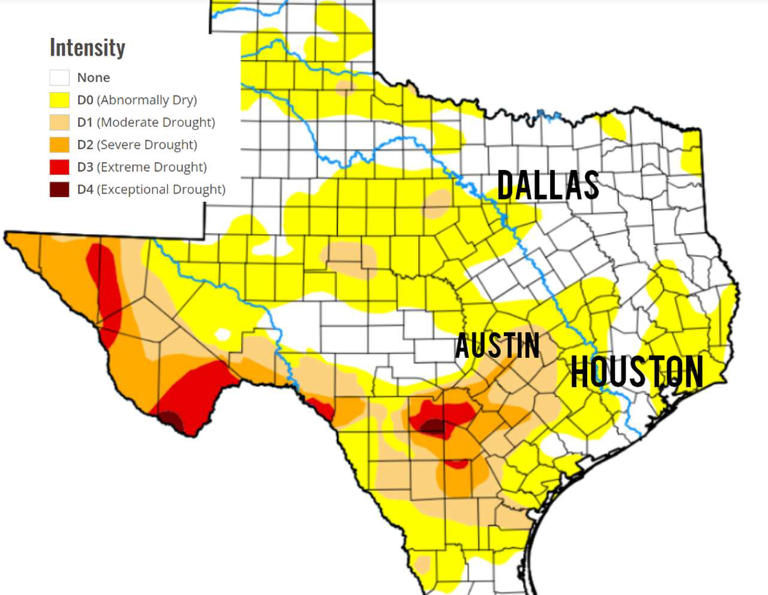Drought in Greater Houston: What You Should Know (October 2025)
- Sprinkler Repair Professionals

- Oct 14
- 2 min read
What’s happening now
Greater Houston is slipping into drought territory. As of early October:
Over 85% of Southeast Texas is considered abnormally dry or under moderate drought — a big jump from just weeks ago. Houston Chronicle
Some counties around Houston are under burn bans due to extreme dryness and fire risk. Houston Chronicle
Rainfall deficits are growing. At Bush Intercontinental (IAH), Houston is already more than 9 inches below the normal yearly total. Houston Chronicle
The National Weather Service – Houston/Galveston office issues Drought Information
Statements when drought gets severe in this area. Weather.gov+2Weather.gov+2

Why this matters to your landscape
Grass & lawns: Without regular rainfall, turf goes into “survival mode.” Expect patchy growth, scalping, and slower recovery from stress.
Foundation zones & beds: Plants near sidewalks or foundations face extra heat stress. Shallow watering or evaporation makes things worse.
Trees & large plants: Deep-rooted plants weather drought better, but prolonged dryness weakens them. You’ll see early leaf drop and twig dieback if not watered deeply and smartly.
Houston-area watering rules & guidelines
When drought intensifies, many municipalities adopt watering restrictions. These might include:
Only watering on certain days
Morning or evening hours only
Specific nozzle types or drip only zones
Bans on non-essential water use (washing driveways, fountains)
Always double-check with your city or county utility or public works for the most current restrictions.
Smart steps to protect your yard (without wasting water)
Walk your system Run each zone one cycle and check for leaks, tilted heads, or dry spots.
Adjust your schedule Use cycle-soak: break watering into shorter sets with gaps, so water is absorbed and not lost as runoff.
Convert problem spray zones to drip Especially along fences, narrow beds, or spots under soffits — drip helps deliver water where roots are, and reduces waste.
Install or use sensors A rain sensor or soil moisture sensor can prevent watering when the ground’s already wet.
Mulch & mow smart Keep mulch at 2–3″ depth. Raise your mower one notch — the extra leaf blade slows moisture loss.
Prioritize trees & key zones
If restrictions tighten, focus on deep watering for trees and critical zones first. Turf recovers faster than trees or shrubs.




Comments